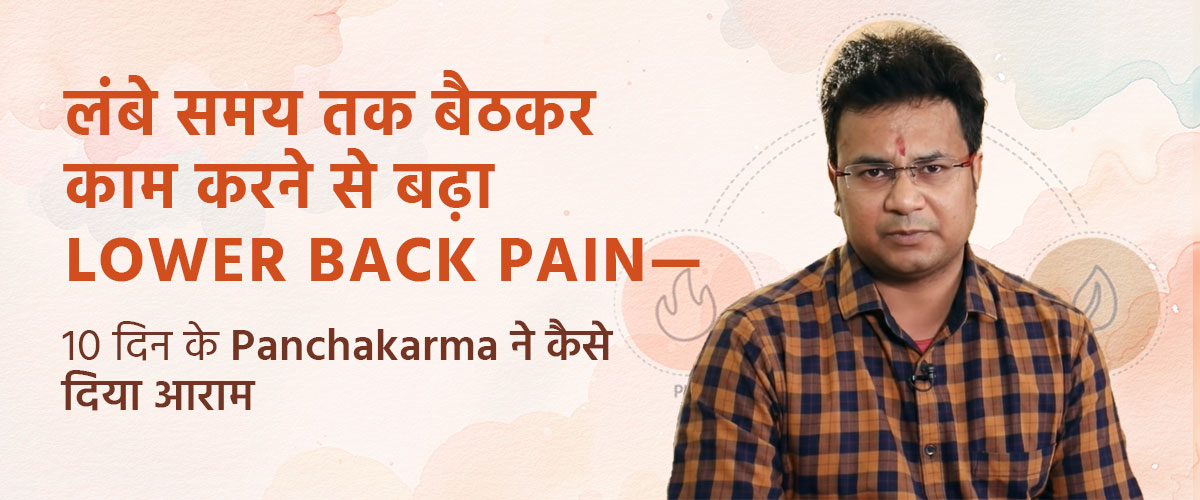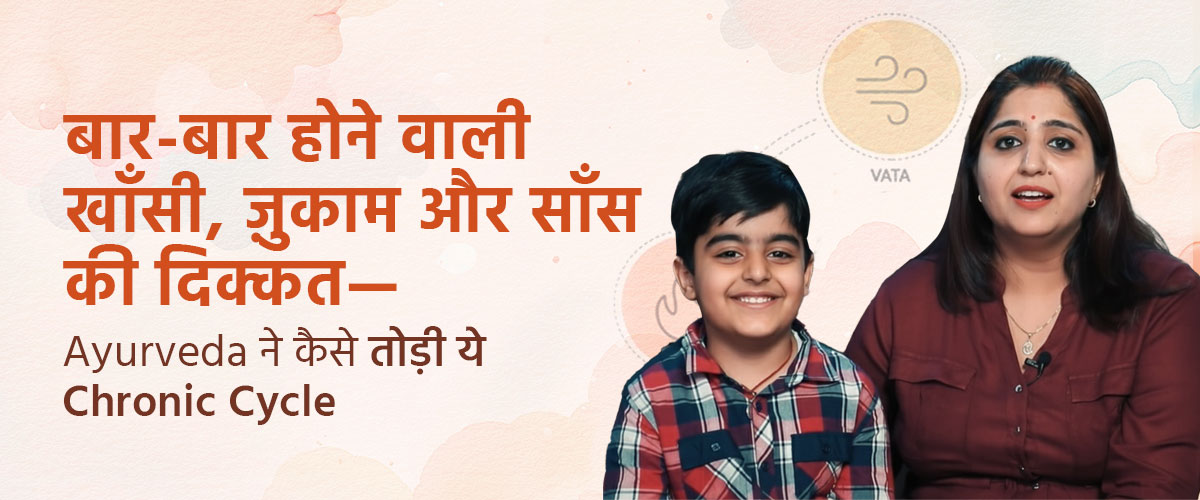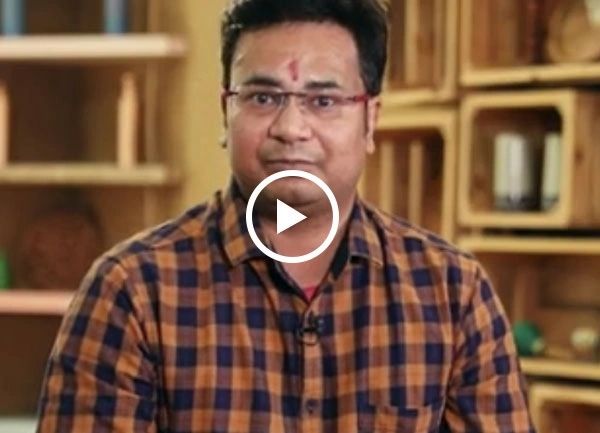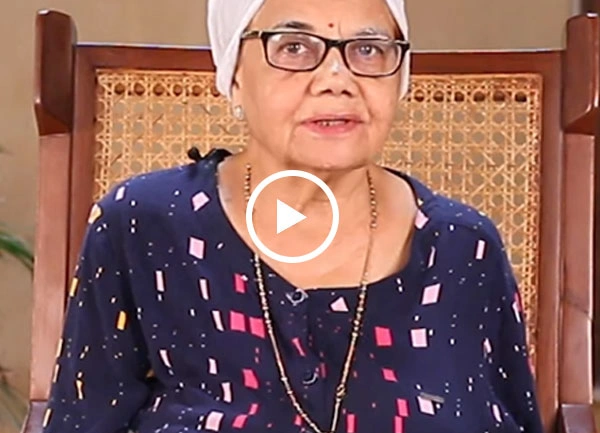Anyone who's ever had Migraine knows that it is a nightmare. It comes with debilitating pain and nausea that can often keep you confined to a dark room with pillows over your head for hours on end. As a result, most Migraine sufferers are unable to work or take care of their family while experiencing the pain.
With Migraine comes the "where did the day go" effect, primarily caused by the persistent use of strong painkillers. Even as these medicines manage to suppress the pains, they are not successful in providing long-term relief to the patient. Additionally, their continued use further weakens the body and makes it dependant on these chemicals. With suppression of pains being the only treatment option available in modern medicine, what can Migraine patients do to ensure their complete wellbeing? The solution lies in Ayurveda, the world's oldest system of medicine, which provides holistic healing in the severest of Migraine cases.
The Underdiagnosed Disease:
Migraine, known as Ardhavbhedak (meaning 'half region of the head') in Ayurveda, is widely regarded as one of the most underdiagnosed, misdiagnosed and undertreated diseases. According to researchers, most migraines are misdiagnosed as sinus or tension-type headaches. Additionally, less than half of all cases are diagnosed and receive treatment. Sadly, there is no test to confirm the diagnosis of migraines. The only way you can do so is by clearly explaining your situation (esp. the type of pain you are experiencing) to a doctor.
What is Migraine:
A common neurological syndrome, Migraine is characterized by altered bodily perceptions, severe pounding headaches, nausea and irritability. This pounding or pain usually begins in the forehead, the side of the head or around the eyes and gradually gets worse. Bright lights or loud noises can worsen the condition. The headache can last for two hours or even up to two or three days.
Common Triggers:
According to online research, 85% of people suffering from Migraine could report something that triggers the attack. These include weather (up to 50%), missing a meal (40%), stress (about 50%), alcohol (50%) and certain types of food items (45%). About 50% of women reported menstrual periods as a significant trigger. Additionally, allergic reactions, exposure to loud noises or certain odors, smoking, or long exposures to computer screens/televisions could lead to Migraine attacks.
The Ayurvedic View:
The traditional science of Ayurveda does not regard Migraine as a case of prolonged headaches. On the contrary, it considers this condition to be caused by deep-rooted problems, including a sensitive nervous system and impaired digestion.
Improper diet and lifestyle causes aggravation of Pitta (Ayurvedic humor representing Fire) in the body. In an aggravated state, Pitta impairs digestion, leading to production of digestive impurities (known as ama). This ama gets stored in the manovahi strotas (mind channels), thereby becoming the cause for pains in migraine.
A sensitive nervous system lowers the ojas (energy) in the body. Ojas is the essence of all body tissues and provides strength to the nervous system and body. If you have a strong nervous system, you are able to fight against problems and carry on with your work with a healthy mind. Lowering of ojas causes migraine-like problems.
How does Ayurveda treat Migraine:
Ayurveda does not propagate short-term pain relief for Migraine patients. Rather, it believes in cleaning the body from within and eradicating the disease from its roots. Ayurvedic treatment of Migraine therefore is centered on the pacification of Pitta Dosha, and restoration of digestive function in the body. Nervine tonics are also recommended to enhance the ojas, relax the mind and give strength to the nervous system. Patients are given herbal medicines as well as customized diet and lifestyle plans in accordance with their body constitution and the root cause of disease. When the body's digestion is enhanced, ama production gets controlled, leading to cleansing of manovahi strotas. As a result, patients can get long-term relief from the most chronic of pains
Recommended Diet & Lifestyle:
Avoid hot, spicy foods, fermented foods, white sugar, white flour products, and sour or citrus fruits, because they aggravate the Pitta in your body. Drink more water and eat more fiber, fruits and vegetables, and whole grains Avoid excessive sugar or salt, refined foods, animal products (meats and dairy), caffeine, tea, and alcohol, as these items will further lead to aggravation of Pitta. Avoid direct exposure to the sun, as migraine headaches are predominantly a Pitta disorder and can be triggered by the hot sun. Head massage with ksheer bala Oil is also beneficial. This massage gives a calming effect to your nervous system. Headaches caused due to tension and worry can be alleviated through deep breathing and relaxation, especially in a lying down position in a quiet place. Inverted postures, or those where the head is lowered briefly, increase oxygen to the brain and can reduce headache-causing strain.
Home Remedies:
If there is a burning sensation, apply a paste of ground clay or sandalwood powder mixed with rose water. When the headache is due to inflamed sinuses, inhale steam with vinegar added to the water. Mix ¼ teaspoon of clove powder with 1 teaspoon of cinnamon oil. Apply this paste on the affected area for 20-30 minutes.
Panchakarma:
Ayurvedic treatment therapies, known as Panchakarma, are also effective in treating Migraine pains. Nasya (administration of herbal oils into the nostrils) and Shriodhara (head massage) are especially highly recommended to such patients. Both procedures are aimed at removing the cause of the headache and the pain.
Want to treat your Migraine? Contact Jiva Today!
If you or anyone you know is suffering from Migraine pains, call the Jiva TeleMedicine Center at 0129-4040404 (only for patients in India) or write to us at info@jiva.com for a free health consultation from a Jiva Ayurveda doctor.
































